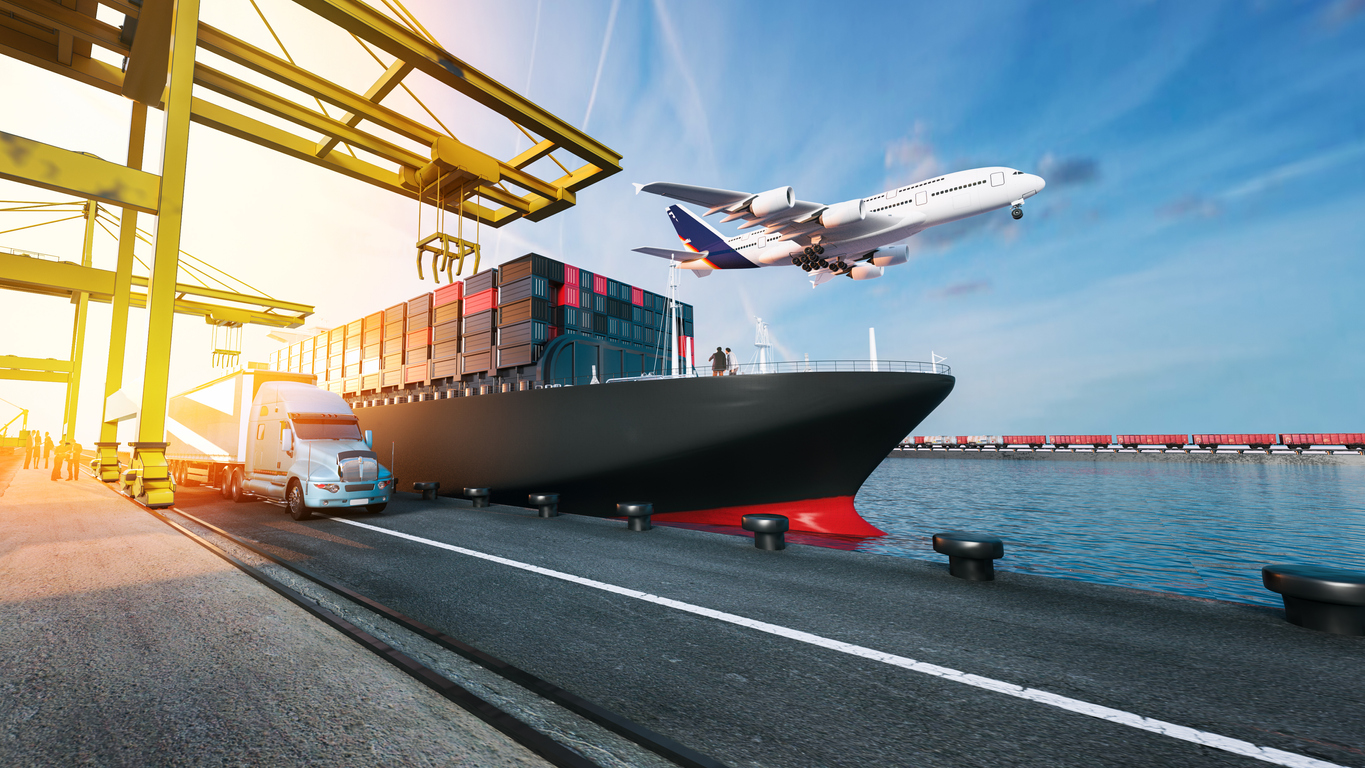The latest Industry News
1. Regulations by types of transport
Air transport
The international regulations on the air transport of dangerous goods are governed by the International Dangerous Goods Regulations issued by the International Air Transport Association (IATA).
Any failed inspection or safety incident can result in an unlimited fine, a 2-year prison sentence or both.
The packing of dangerous goods for air shipping requires special training.
The transport of dangerous goods using a private aircraft also requires special training of both you and the members of your staff.
Road transport
The international regulations on the road transport of dangerous goods are governed by ADR 2013.
A failed inspection can result in an array of fixed fines.
Sea transport
The road transport of dangerous goods is governed by the International Maritime Dangerous Goods (IMDG) Code.
A dangerous goods notification is required for all dangerous goods to be shipped by sea.
You can seek assistance on the bulk goods packaging and shipping with the Maritime and Coastguard Agency.
Violations of the regulations on transporting dangerous goods can result in fines. Serious violations such as the unsafe transport of animal by-products can lead to prosecution and heavy fining and prison sentencing.
2. Transporting dangerous goods in limited quantities
The standard packaging and labelling rules do not apply in the case of some dangerous goods transported in limited quantities. The rules on the appointment of a dangerous goods safety adviser do not apply either.
However, safety training is still required.
Packing dangerous goods to be shipped in limited quantities
Dangerous goods to be shipped in limited quantities must be placed in small containers first and then in boxes or on trays which are to be shrink-wrapped.
According to column 7a of the Dangerous Goods List in ADR, part 3, the goods placed in containers may vary in weight depending on their nature whereas those placed in boxes or trays must not exceed 30 kg and 20 kg, respectively. A maximum weight of zero indicates that transport in limited quantities is not an option.
Marking specifications
Further information on transporting dangerous goods in limited quantities, including marking requirements, is available at the Health and Safety Executive (HSE) site.
3. Implementation and reporting
The Driver and Vehicle Standards Agency (DVSA) consists of the Driving Standards Agency (DSA) and the Vehicle and Operator Services Agency (VOSA).
Compliance with the regulations on the safe and secure transport of dangerous goods is supervised by various authorities, depending on the types of transport.
Incidents or violations of the regulations should be reported to the relevant authority.
Contacts
"¢ The Civil Aviation Authority (CAA) - Operations and safety - for air transport;
"¢ The Office of Rail Regulation (ROR) - Health and safety - for rail transport;
"¢ The Health and Safety Executive (HSE) - Operational strategy and enforcement - for road transport;
"¢ The Driver and Vehicle Standards Agency (DVSA) - Enforcement and compliance - for road transport;
"¢ The Environment Agency - Hazardous waste - for road transport;
"¢ The Police - for road transport;
"¢ The Maritime and Coastguard Agency - for sea transport.
Class 7 dangerous goods (i.e. radioactive materials) are to be shipped according to the regulations issued by the Office for Nuclear Regulation.
If you have any questions regarding our services,
tracking your parcel or advice, we're here


